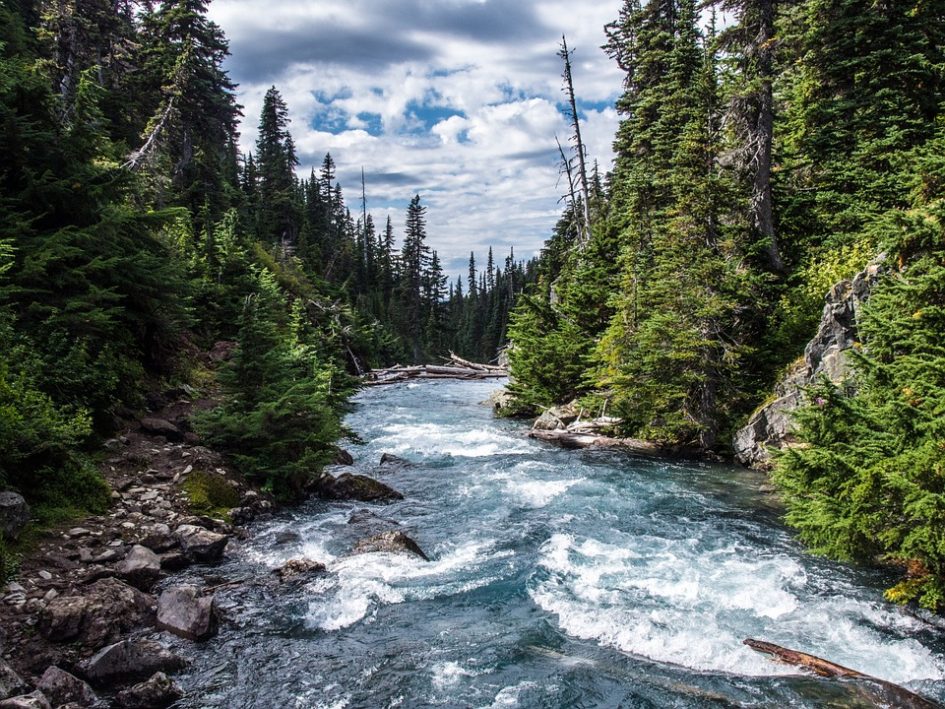The project focuses on endangered Willamette Daisy. The point of the research is to find out whether specific reintroduction sites are “good” or “bad” for Willamette Daisy’s reproductive potential, by looking at pollen that arrives on its flowers’ stigmas (self vs. other, a proxy for the likelihood of seed formation). We have already collected the stigmas and are now at the stage of doing pollen IDs and pollen counts, based on a pollen library of the plant community that we created this summer. I would train an intern in pollen staining and microscopy techniques, and would work alongside the intern in interpreting the data. There would be a possibility for the intern to help deliver the research outcomes to the conservation team that works on Willamette Daisy.
I am looking for a collaborator who is interested in conservation, highly motivated to do thorough and meticulous work, and eager to learn.
Expected work hours can be quite flexible, with a minimum of 16 hours/week and a maximum of 32 hours/week. I would focus the work differently depending on the availability of the student. I prefer 20+ hours because I would expect the student to spend some time on the literature on conservation of rare plants, pollen morphology, and pollen applications (literature we would then discuss and apply to the Willamette Daisy context). I have mentored many students in research, and the more time spent on context, the more excited, enthusiastic, and productive the research. And I have leeway to shape this internship to fit either an MES situation with a student who really wants to go deep, or an undergrad student who’s highly motivated and wants to learn techniques.
Work location would be partially at my office at CNLM (120 Union Ave, Olympia) and partially at Evergreen.
There is no funding for this position, so it is a straight internship.
Contact Susan Waters if interested: swaters@cnlm.org

